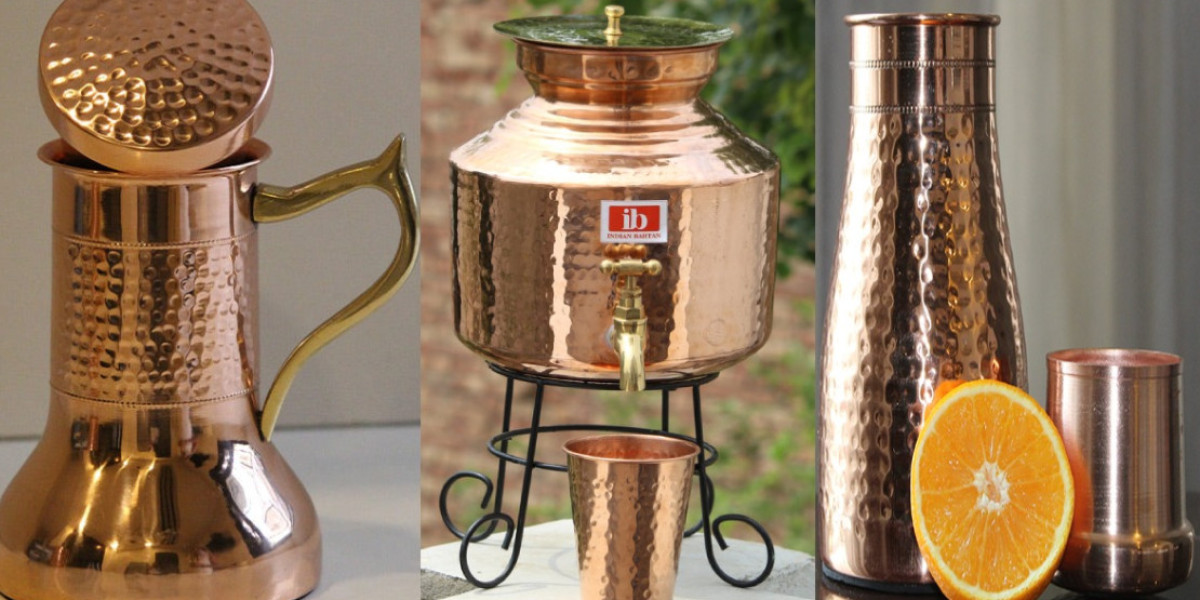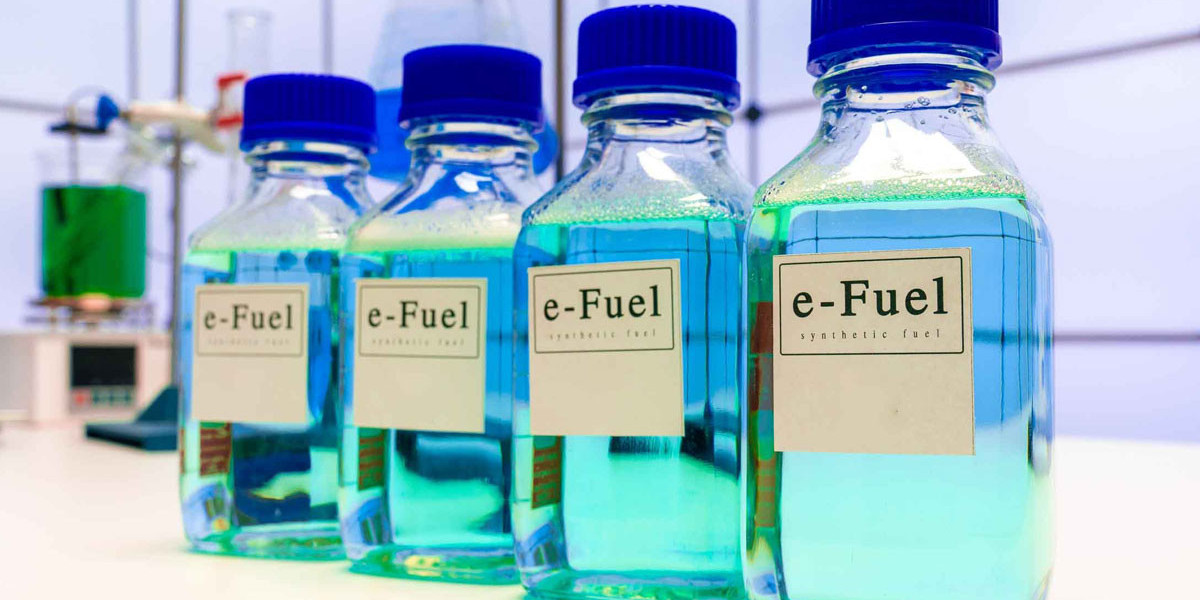Introduction
In an era where health consciousness is on the rise, the choice of a water bottle is more than just a matter of convenience. The materials used in water bottles can significantly impact our well-being. Copper and stainless steel are two materials that stand out for their unique properties and health benefits. This article explores the advantages and disadvantages of each to help you make an informed decision about which is better for your health.
Copper Bottles: An Ancient Tradition with Modern Benefits
Copper bottles have been used for centuries, with historical roots in ancient civilizations. They are revered not only for their aesthetic appeal but also for their potential health benefits.
Health Benefits of Copper Bottles
Antimicrobial Properties: Copper has natural antimicrobial properties, which means it can kill bacteria and other pathogens. Drinking from a copper bottle may reduce the risk of bacterial contamination and improve overall water safety.
Supports Digestive Health: According to Ayurveda, copper helps balance the three doshas (Vata, Pitta, and Kapha) and supports healthy digestion. It is believed to aid in the production of digestive enzymes and improve nutrient absorption.
Anti-Inflammatory Effects: Copper is known for its anti-inflammatory properties, which may help reduce inflammation in the body and support joint health.
Enhances Skin Health: Copper is a key component in collagen production, which is essential for maintaining healthy skin. Regular use of copper bottles may contribute to a clearer complexion and reduced signs of aging.
Drawbacks of Copper Bottles
Requires Regular Cleaning: Copper bottles need to be cleaned regularly to prevent tarnishing and buildup of bacteria. They often require special cleaning agents or techniques to maintain their appearance and hygiene.
Potential for Copper Toxicity: Excessive consumption of copper can lead to toxicity, which may cause symptoms like nausea and abdominal pain. It is essential to use copper bottles responsibly and avoid overuse.
Cost Considerations: Copper bottles are generally more expensive than stainless steel bottles, which may be a factor for those on a budget.
Stainless Steel Bottles: Modern Convenience and Durability
Stainless steel bottles have gained popularity in recent years due to their modern design, durability, and ease of maintenance.
Health Benefits of Stainless Steel Bottles
Non-Reactive Material: Stainless steel is non-reactive, meaning it does not interact with the contents of the bottle. This makes it a safe choice for storing both hot and cold beverages without altering the taste or quality of the liquid.
Durability and Longevity: Stainless steel bottles are highly durable and resistant to dents, scratches, and corrosion. They can withstand rough handling and last for many years with minimal wear and tear.
Easy to Clean: Stainless steel bottles are relatively easy to clean and can be safely washed in a dishwasher. They do not require special cleaning agents or techniques.
No Risk of Toxicity: Unlike copper, stainless steel does not pose a risk of toxicity. It is a safe and stable material that does not leach harmful substances into beverages.
Drawbacks of Stainless Steel Bottles
Lack of Antimicrobial Properties: Stainless steel does not have the natural antimicrobial properties of copper. While it is generally resistant to bacteria, it does not offer the same level of protection against pathogens.
Insulation Considerations: Stainless steel bottles can be poor insulators compared to certain types of copper bottles that may offer better temperature regulation. This can affect the temperature of beverages over time.
Environmental Impact: The production of stainless steel has a significant environmental impact due to the energy-intensive manufacturing process. However, stainless steel is highly recyclable, which mitigates some of its environmental footprint.
Comparative Analysis: Copper vs. Stainless Steel
To determine which material is better for your health, let's compare copper and stainless steel bottles based on key factors:
1. Health Benefits
Copper Bottles: Offer antimicrobial properties, digestive health benefits, and anti-inflammatory effects. Ideal for those seeking additional health advantages.
Stainless Steel Bottles: Provide a non-reactive and safe storage solution with easy maintenance. Suitable for those prioritizing convenience and durability.
2. Maintenance and Durability
Copper Bottles: Require regular cleaning and maintenance to prevent tarnishing and buildup. More susceptible to damage and may have a higher upfront cost.
Stainless Steel Bottles: Easy to clean and maintain with long-lasting durability. Resistant to damage and typically more affordable.
3. Environmental Impact
Copper Bottles: Have a lower environmental impact in terms of production but require proper disposal to avoid potential copper toxicity.
Stainless Steel Bottles: Have a higher production impact but are highly recyclable, making them a more sustainable choice in the long run.
Conclusion
Choosing between a copper bottle and a stainless steel bottle depends on your personal health goals, lifestyle preferences, and budget considerations. Copper bottles offer unique health benefits and traditional appeal but require more maintenance and carry potential risks if overused. Stainless steel bottles provide a durable, easy-to-maintain, and safe option, with the added benefit of recyclability.
Ultimately, both types of bottles have their strengths and weaknesses. Consider your specific needs and preferences to make an informed choice that best supports your health and well-being.
By evaluating the pros and cons of copper and stainless steel bottles, you can select the option that aligns with your lifestyle and hydration goals.








